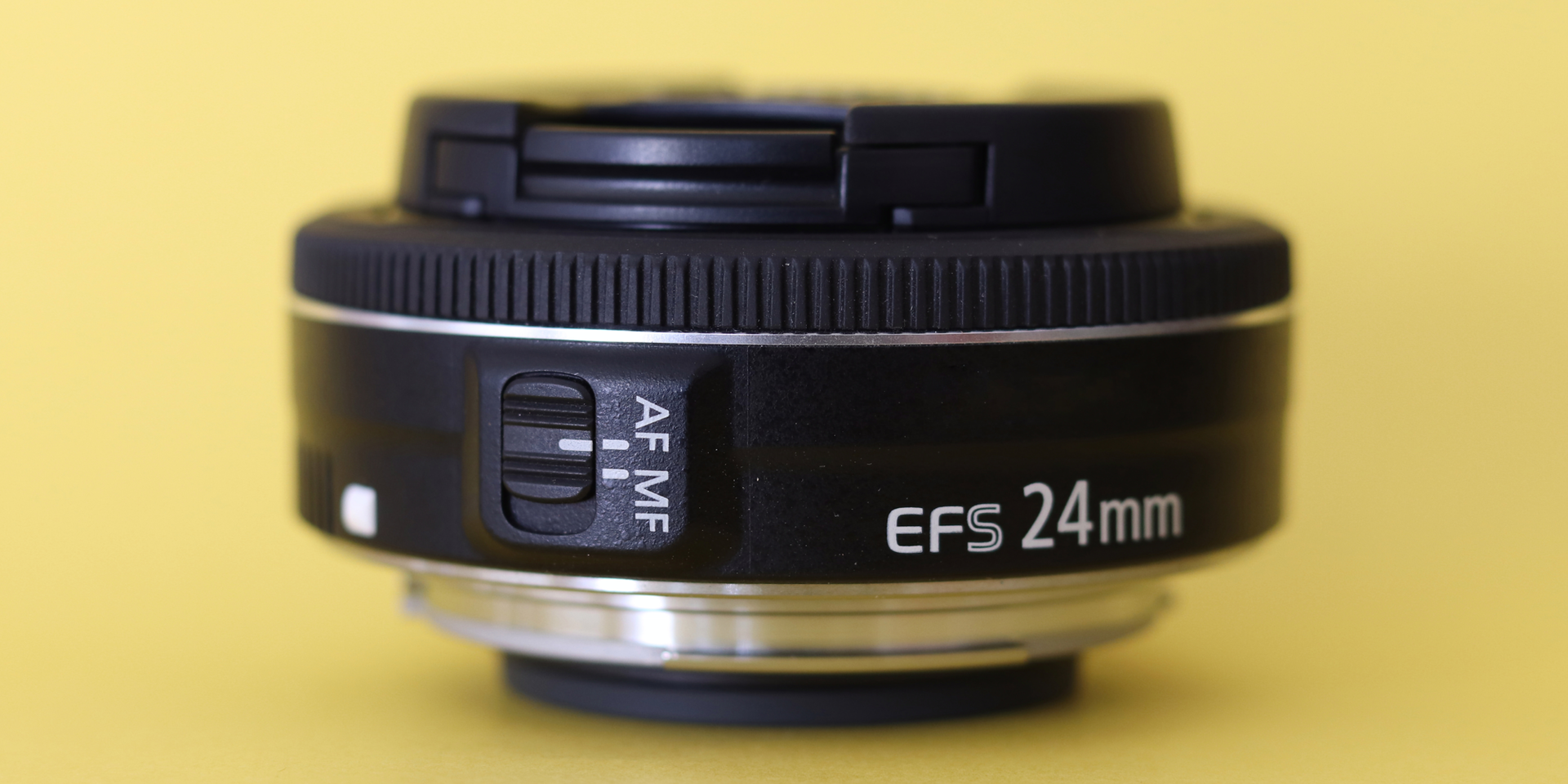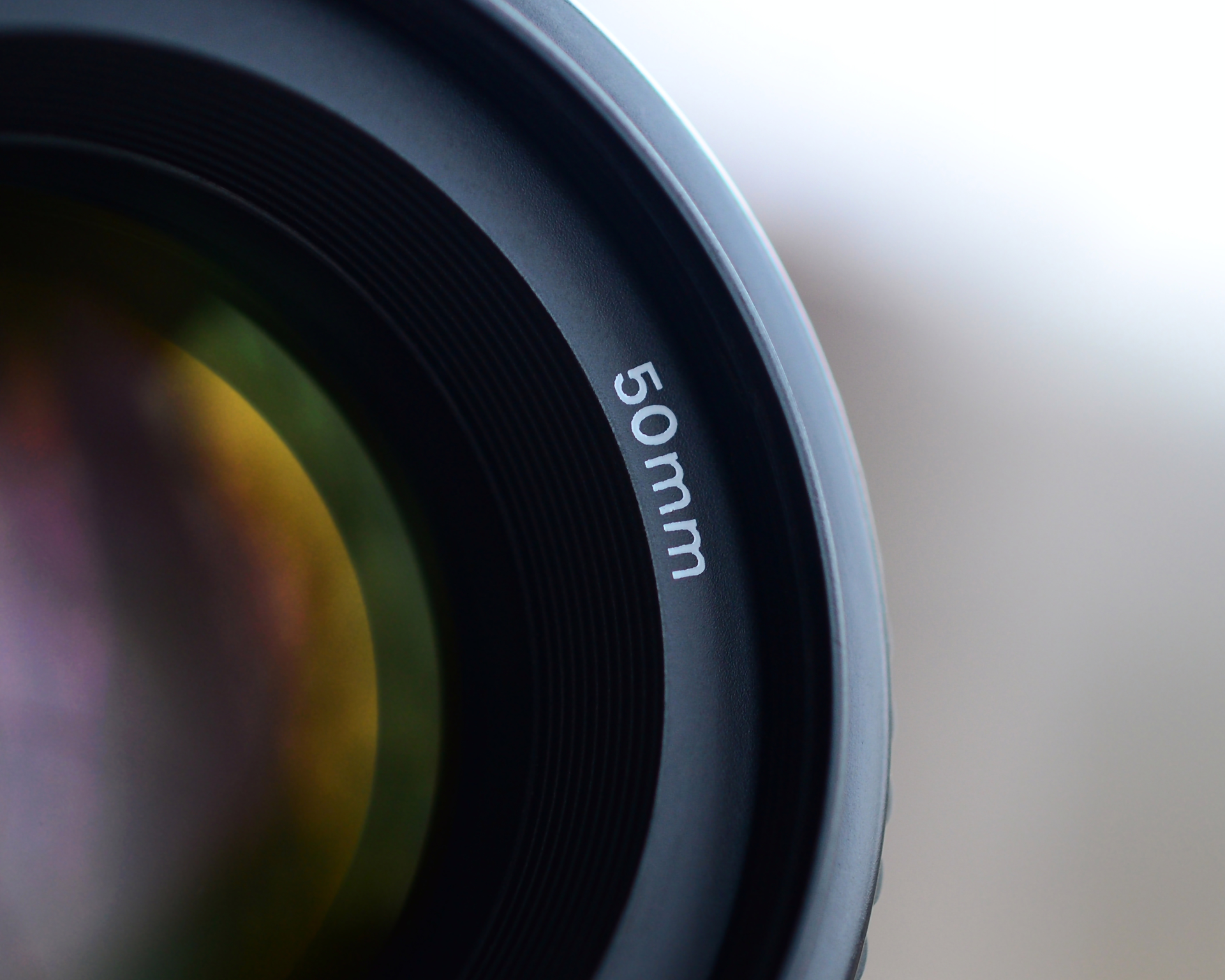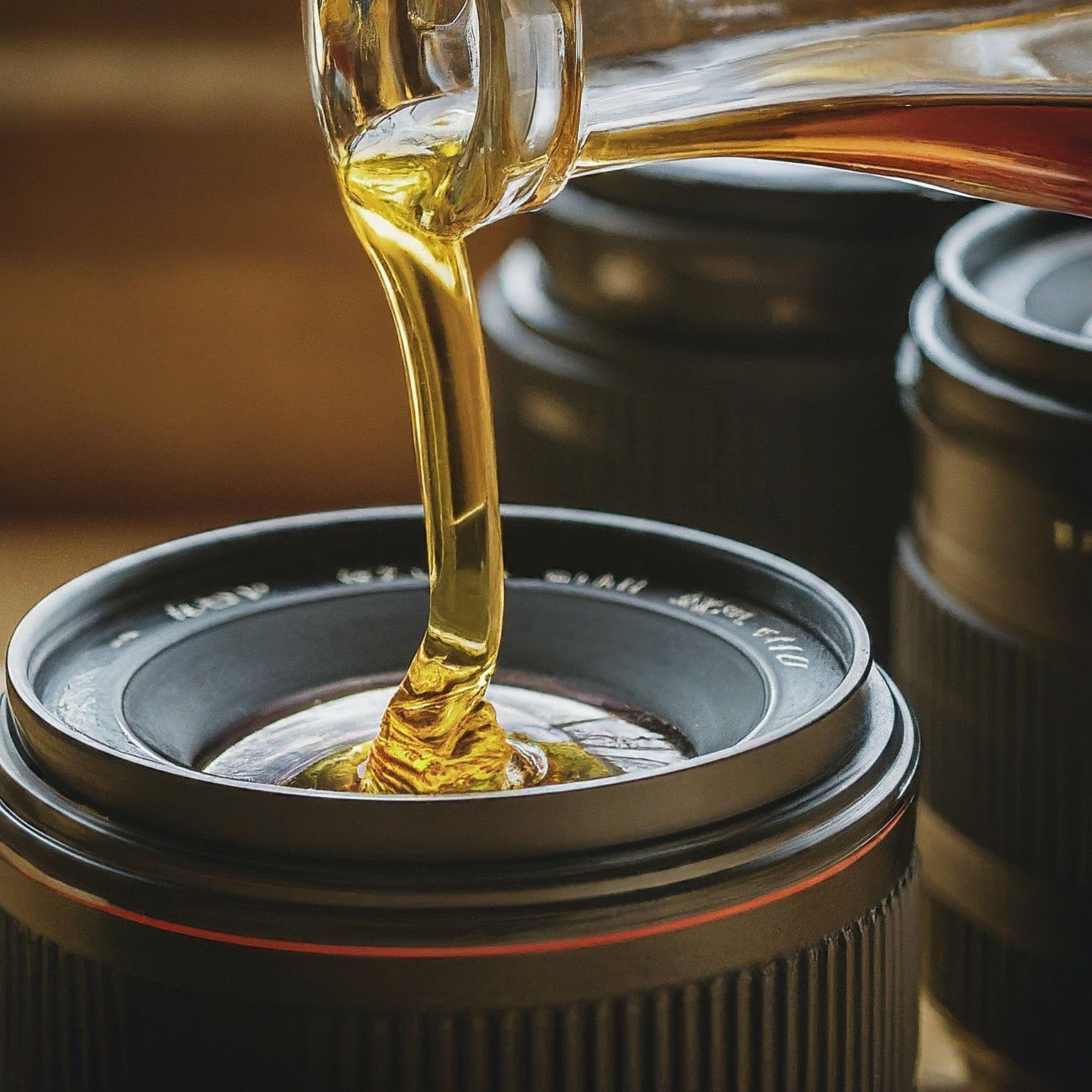Prime Lenses
When and Why to Use Prime Lenses
In the world of camera lenses, zoom lenses often take center stage. They offer versatility, convenience, and the ability to frame your shot without physically moving. But when it comes to image quality, low light performance, and creative control, prime lenses reign supreme.


What are prime lenses?
Unlike their zooming counterparts, prime lenses have a fixed focal length. This means you can't adjust the zoom, but what they lack in flexibility, they make up for in other ways.
Why choose a prime lens?
- Sharper images: Prime lenses tend to have simpler designs with fewer elements, leading to sharper, crisper images throughout the frame.
- Faster apertures: Wider apertures (like f/1.8 or f/1.4) let in more light, allowing you to shoot in low-light situations without increasing noise or needing a flash. This also creates beautiful bokeh, the pleasingly blurred background that isolates your subject.
- Smaller and lighter: Without the zoom mechanism, prime lenses are typically smaller and lighter, making them ideal for travel and reducing camera shake.
- More affordable: Generally, prime lenses are more affordable than zoom lenses of similar quality, making them a budget-friendly option for photographers who prioritize image quality.
When to use a prime lens:
- Portrait photography: The combination of fast aperture and sharp focus makes prime lenses perfect for capturing stunning portraits with dreamy backgrounds.
- Low-light photography: Their ability to gather more light makes prime lenses ideal for dimly lit environments, from concerts to nighttime landscapes.
- Street photography: The compact size and fast autofocus of prime lenses make them great for capturing candid moments on the go.
- Macro photography: Certain prime lenses are specifically designed for macro photography, allowing you to capture incredible close-up details.
- Astrophotography: Wide-angle prime lenses with fast apertures are excellent for capturing the night sky and Milky Way.
Tips for using prime lenses:
- Embrace the zoom with your feet: Since you can't zoom in or out, you'll need to move your feet to compose your shots. This can encourage creativity and a deeper connection with your subject.
- Start with a versatile focal length: A 35mm or 50mm prime lens is a good starting point, offering a natural perspective that works well for various photography styles.
- Understand your limitations: Know that you'll need to switch lenses for different focal lengths, so plan accordingly.
- Utilize manual focus: Many prime lenses offer manual focus, allowing for precise control and creative effects.

Prime lenses offer a unique combination of image quality, affordability, and creative control. While they may require more planning and movement than zoom lenses, the rewards are undeniable. So, next time you're looking to elevate your photography, consider stepping into the world of primes and rediscovering the joy of fixed focal lengths.

